International Workshop on |
Biometrics is a sparkling word in the world of science and technology. Since, after 9/11 biometrics is getting a titanic attention all over the world by scientist, researchers and engineers. Now days everywhere in the world, especially in the western part of the world, security is given the top priority to counter the possible treats from terrorists and hence biometrics and security are the synonyms. Biometric systems are spreading rapidly at all security prone areas such as airports, banks, offices also with documentation like passport, identity card, driving license, etc.
In India our security system rely on old fashioned system adopted by police and other couple of security agencies like CBI and RAW. With changed world scenario due to continual treats from terrorist organizations, India is also facing many challenges including cross border terrorism, drug trafficking, ill-legal immigrants from neighboring countries. Now slowly but steadily Indian security systems are also adapting the biometric system. In India not many institute are involved with their research activities related with biometrics. Indian Institute of Technology Kanpur is one of the pioneer educational institutes to start an active and rigorous research group under the supervision of Dr. P. Gupta for the development of biometric systems which is funded and supported by ministry of communication and information technology (MCIT).
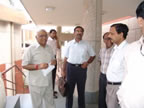
|
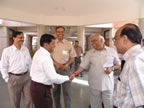
|
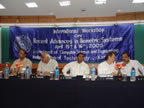
|
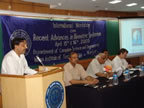
|
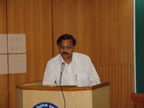
|
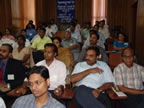
|
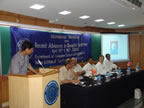
|
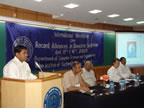
|
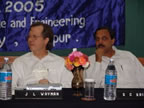
|
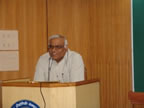
|
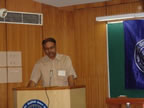
|
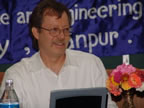
|
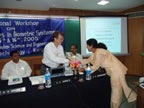
|
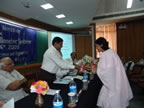
|
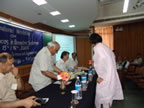
|
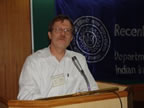
|
Indian Institute of Technology Kanpur has organized an international workshop on April 15 and 16, 2005 where eminent professors, researchers and scientist were present. Prof. J. L. Wayman (Director, U.S. National Biometric Test Center, San Jose State University, U.S.A.), Dr. Vinod Chandran (Queensland University of Technology, Australia), and Dr. V.K. Chhada (Bhaba Atomic Research Center, Mumbai) were few who gave lectures on the importance of biometric systems and demonstrated face and signature recognition biometric systems
Prof. J. L. Wayman emphasized more on data fusion a step forward then multimodal system. His idea of recognizing persons based on two or more biometric approaches (such as fingerprint, signature and voice) was quite popular 30 years ago, but ultimately was not practical in "real world" implementations owing to the increasing complexity and cost of the "multi-modal" system. In this talk, we will review the work in multi-modal biometrics over the last 30 years and suggest more practical ways of improving biometric performance by "fusing" data from a single biometric modality. Results of the recent U.S. government National Institute of Standards and Technology Fingerprint Vendor Technology Evaluation, Speaker Recogntion Evaluation and the Facial Recognition Grand Challenge programs will be reviewed.
According to Dr. V.K.Chhada different modes of biometrics include fingerprint, hand geometry, face, iris, retina, voice, vascular pattern, handwritten signature, keystroke pattern etc. All these modalities have individual advantages suiting specific applications. For the success of a particular biometric in a given application, one has to consider factors like performance in terms of False acceptance and False Rejection Rates, scalability, user privacy and system security. Adequate consideration should be given to the aspect of social acceptance, system cost and ease of use as well.
This international workshop was a unique gathering where
undergraduate, masters and PhD students from all over India were able to have
intellectual discussion for the advancement of biometric systems in India.